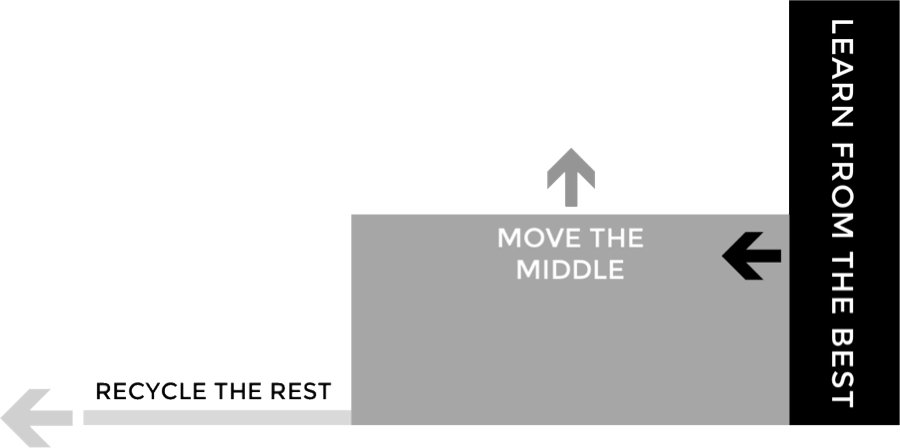
According to Sales Benchmark Index, across the industry as a whole, 83% of sales revenues are generated by only 13% of the sales population. And even if the asymmetry within your own sales organisation is less pronounced, it’s a reasonably safe assumption that there is some ...
It’s coming up to the end of October, and if you’re in high-value, long-decision-cycle, multiple-stakeholder enterprise ...
When organisations talk about their sales process, they are usually thinking in terms of a sequence of sales activities, ...
As regular readers will know, I’m a great fan of the principles set out in the best-selling “The Challenger Sale”. But ...
There’s no doubt that for many North American based companies, expanding into Europe is an attractive option. Sections of ...
How healthy is your sales pipeline right now? And what steps are you taking to progressively improve its fitness? Just as ...
There’s nothing more frustrating for a sales leader, a CEO or a Board of Directors than a continued inability to come up ...
I attended the UK launch event for “The Challenger Customer” yesterday (you can read my review of the book here). One of the ...
It’s probably the most commonly proposed response to price pressures and commoditisation: if we’re not prepared to cut our ...
When the Challenger Sale was published in 2011, it rapidly became one of the "must read" handbooks for B2B CEOs and sales ...
